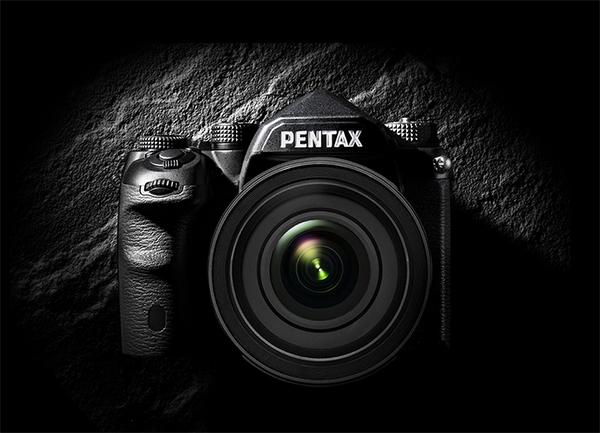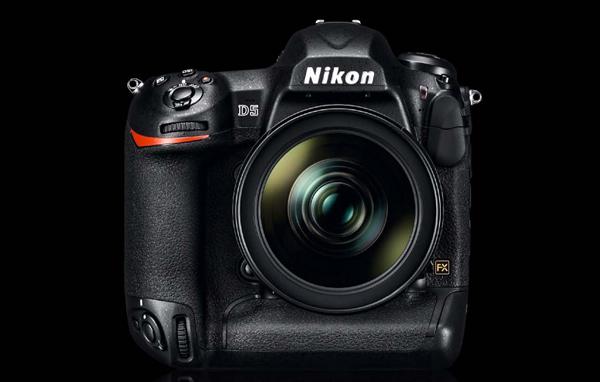DSLR News
Sort By: Post DateTitle Publish Date
|
Jun 27, 2023
|
Jan 06, 2020
|
Jan 26, 2022
|
Feb 19, 2021
|
Dec 01, 2015
|
Apr 04, 2016
|
Aug 28, 2017
|
Nov 16, 2015
|
Feb 12, 2020
|
Mar 15, 2025
















